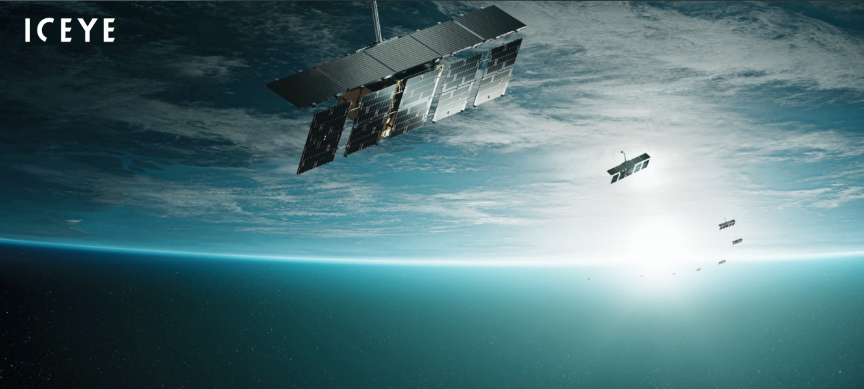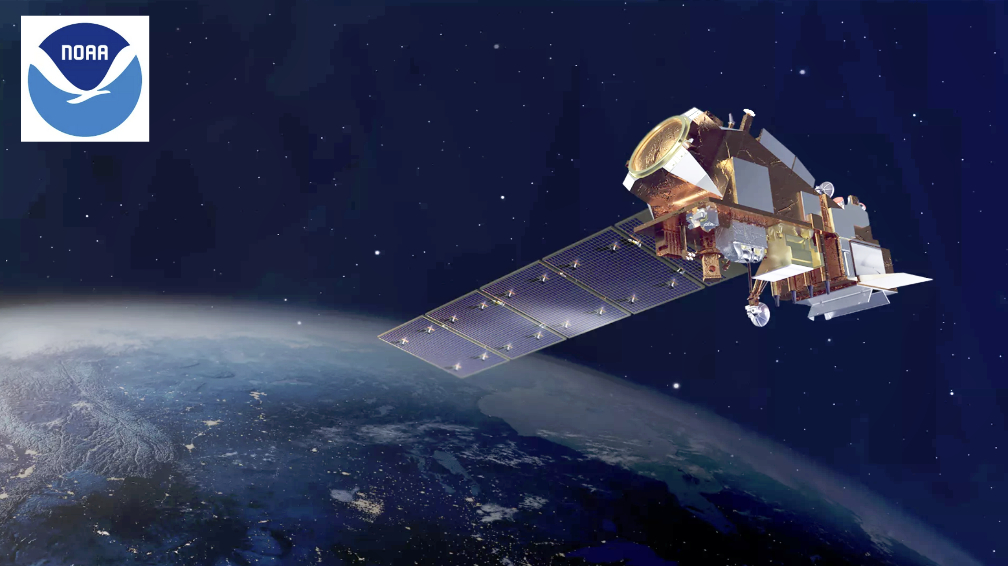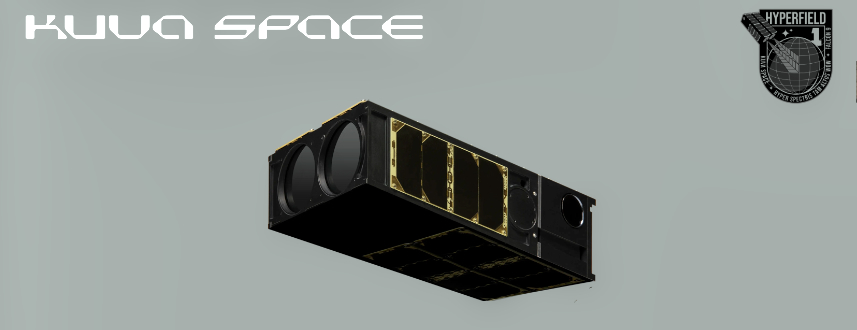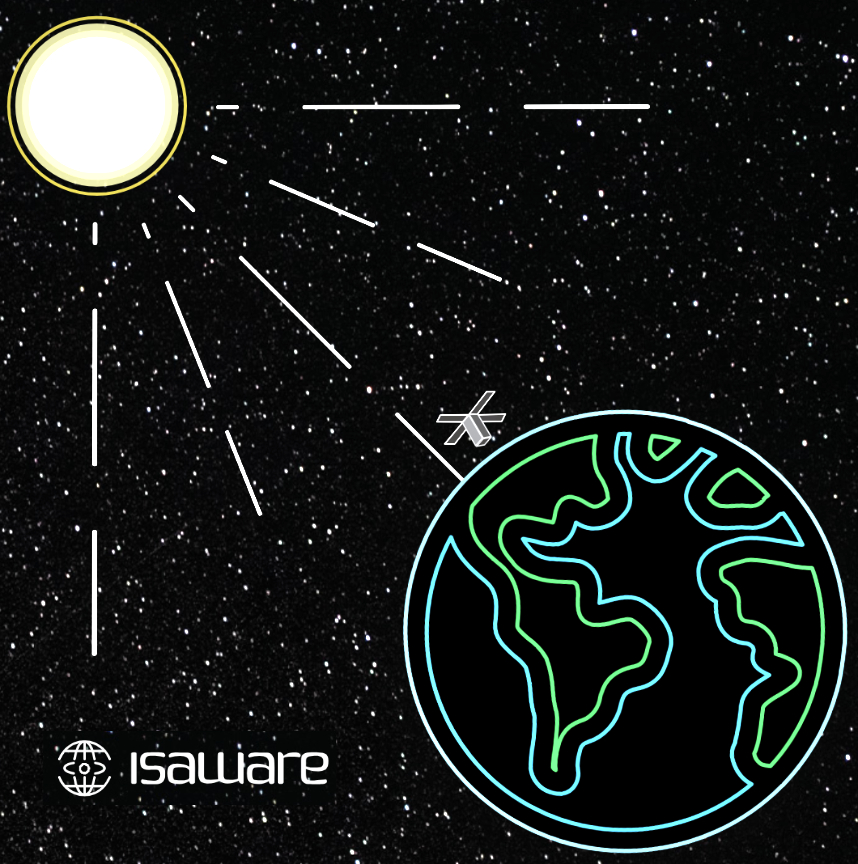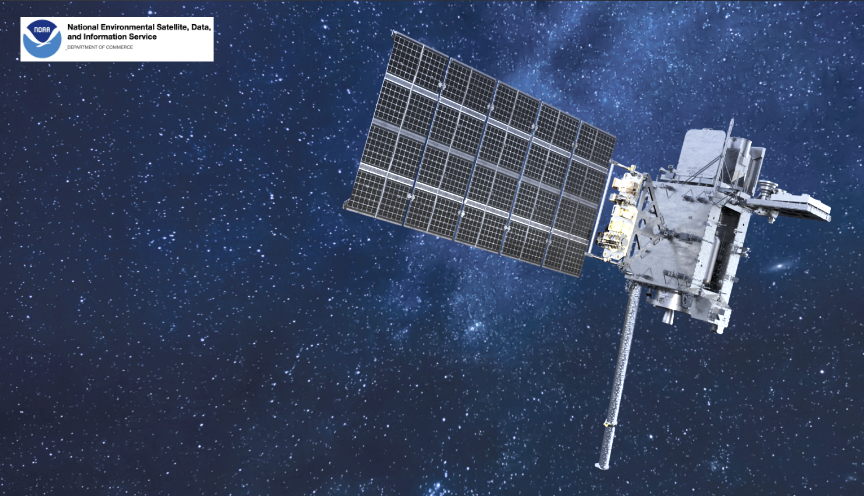

Airbus has been selected by MDA Space Ltd. (TSX:MDA) to supply solar arrays for MDA AURORA , the software-defined satellite product line enabling constellations to extend communication networks to every corner of the world.
, the software-defined satellite product line enabling constellations to extend communication networks to every corner of the world.

Airbus will supply more than 200 Sparkwing solar arrays that will be built on a designated line at Airbus’ high-capacity production facility in Leiden, the Netherlands. The solar array is the largest Sparkwing to date, consisting of two wings with five panels each and providing a photovoltaic area of well over 30 sqm.
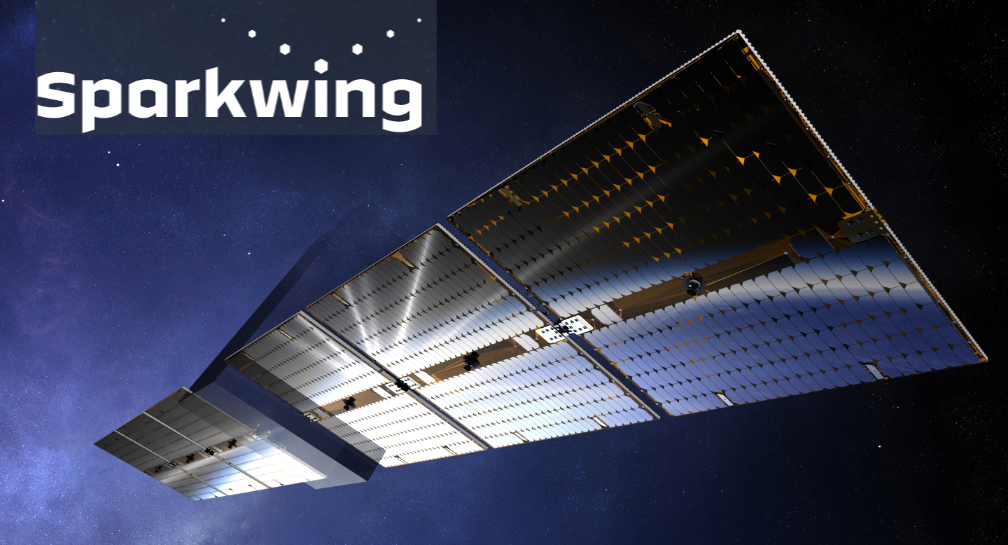
The MDA AURORATM supply chain will help support product deliveries for anchor customer Telesat’s LEO satellite constellation Lightspeed, an innovative, advanced global network that will bring enterprise-class connectivity to customers worldwide.

Designed to meet the changing technical and business requirements of the satellite industry, the software-defined MDA AURORATM software-defined satellite product line provides operators with unparalleled flexibility and functionality, dramatically enhancing constellation performance at reduced cost and time to market.
Sparkwing is the world’s first commercially available, off-the-shelf, solar array for smallsats. It was originally optimized for LEO missions that require power levels between 100W and 2000W. It offers customers a choice of more than 30 different panel dimensions, configurable into deployable wings with one, two or three panels per wing, with single actuation need (due to only one hold-down per wing). In the meantime, its application range has grown to cover also higher power demands and more and larger panels per wing for missions to LEO and beyond.
Next to power generation, the solar array product provides a high stiffness, minimal integration effort (made for integration by the customer) and benign demands on the spacecraft sidewall tolerances. Sparkwing is a product developed by Airbus in the Netherlands, with the support of the Netherlands Space Office and ESA.
“We are delighted to be selected as the supplier of solar arrays to partner with MDA Space for Telesat Lightspeed. Our industrialized Sparkwing solar array product not only meets the demands of this ground-breaking constellation project, but is also tailored to ensure optimal performance in space. The Sparkwing solar arrays are designed for series production, ideally suited for constellations, and we will accordingly contribute to a project enabling space connectivity,” said Rob Postma, Managing Director of Airbus in the Netherlands.

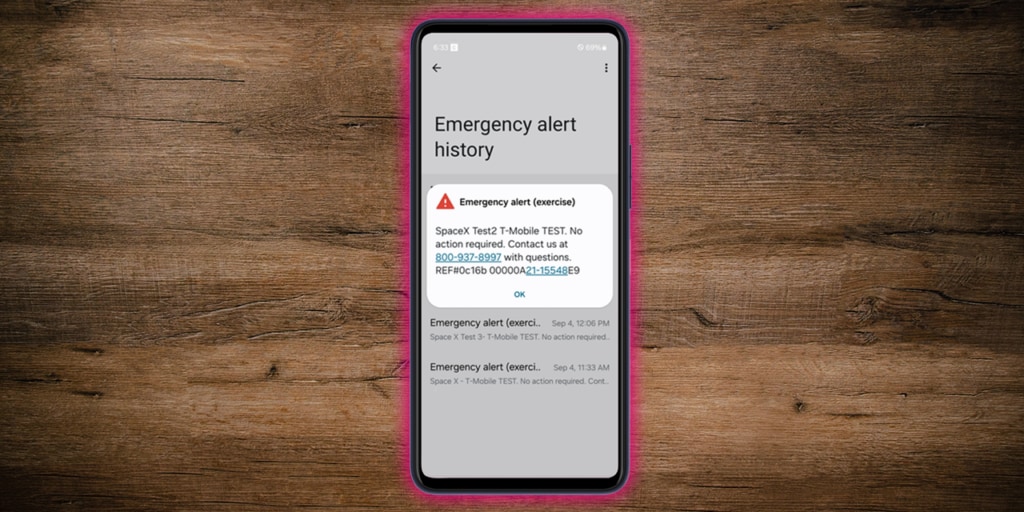



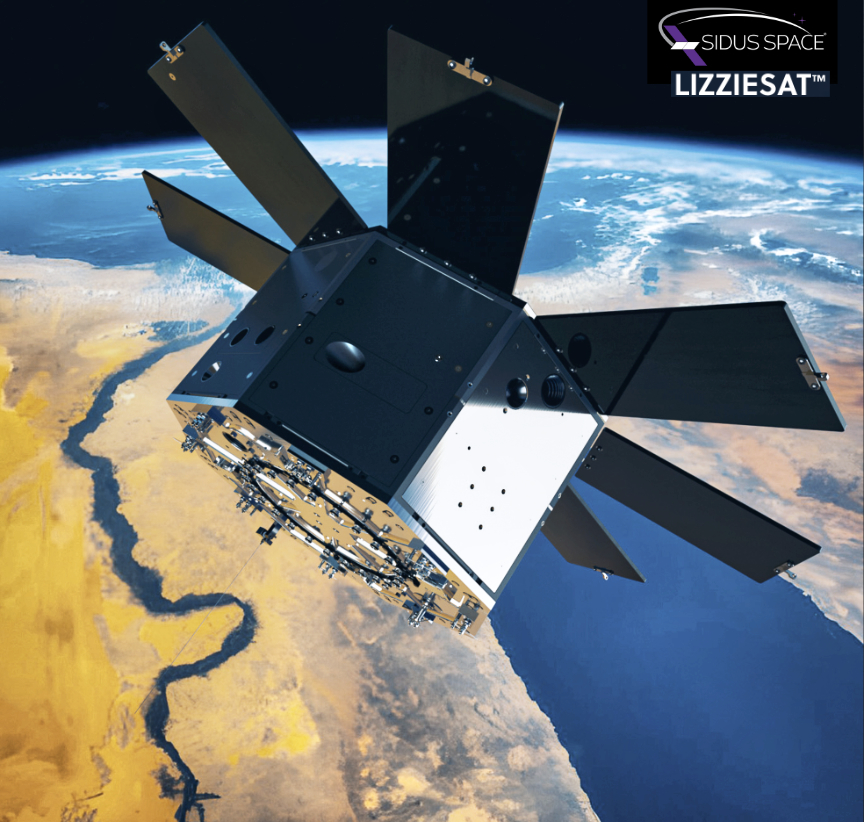
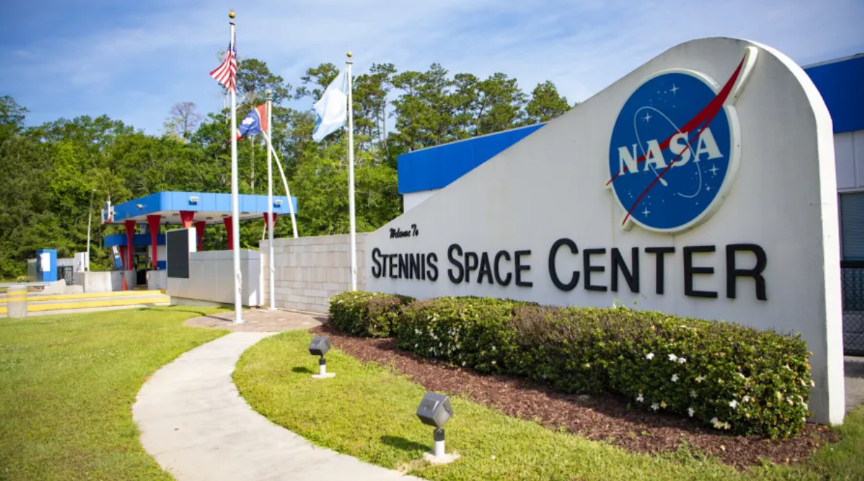
 and a vision of enabling space flight heritage status for new technologies while delivering data and predictive analytics to domestic and global customers. More than just a “Satellite-as-a-Service” provider, Sidus Space products and services are offered through its several business units: Space-as-a-Service, Space-Based Data Solutions, AI/ML Products and Services, Mission Planning and Management Operations, 3D Printing and Products and Services, Satellite Manufacturing and Payload Integration. and Space and Defense Hardware Manufacturing. Sidus Space is ISO 9001:2015, AS9100 Rev. D certified, and ITAR registered.
and a vision of enabling space flight heritage status for new technologies while delivering data and predictive analytics to domestic and global customers. More than just a “Satellite-as-a-Service” provider, Sidus Space products and services are offered through its several business units: Space-as-a-Service, Space-Based Data Solutions, AI/ML Products and Services, Mission Planning and Management Operations, 3D Printing and Products and Services, Satellite Manufacturing and Payload Integration. and Space and Defense Hardware Manufacturing. Sidus Space is ISO 9001:2015, AS9100 Rev. D certified, and ITAR registered.